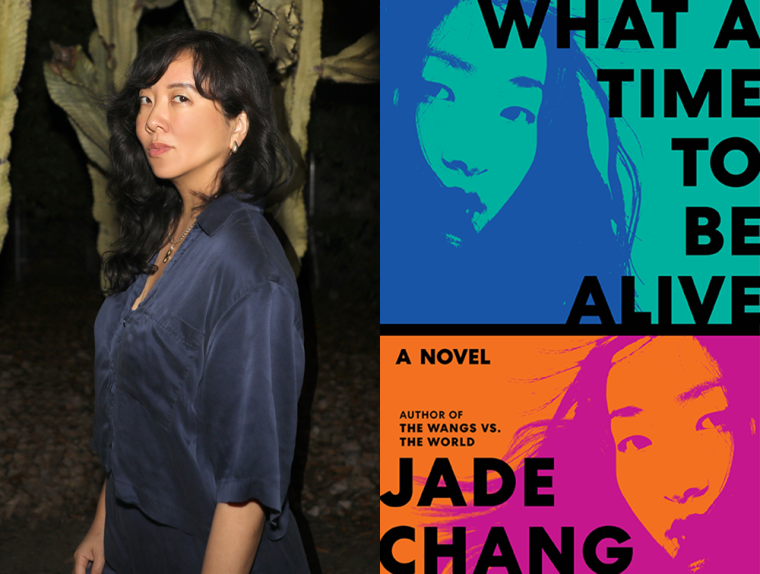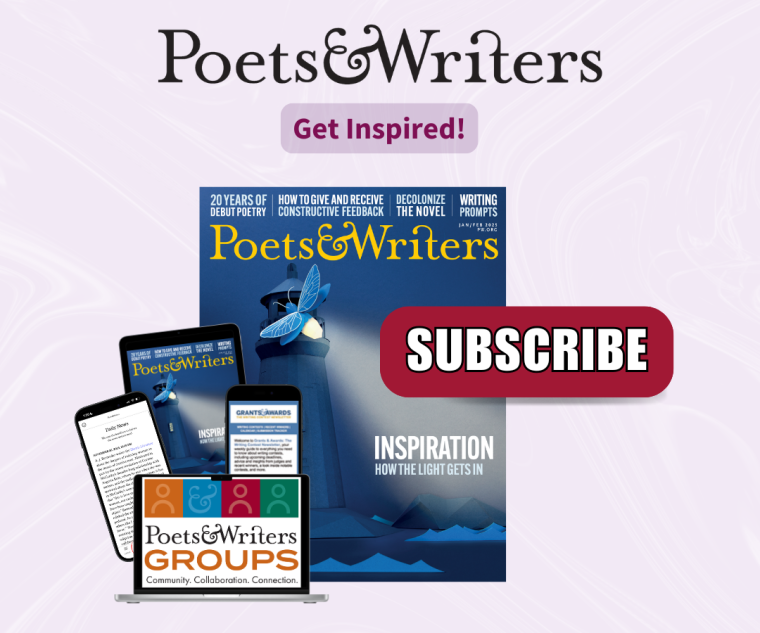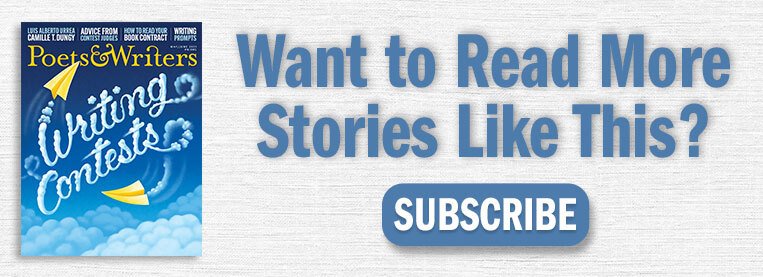This week’s installment of Ten Questions features Jade Chang, whose novel What a Time to Be Alive is out today from Ecco. What a Time to Be Alive tells a rags-to-riches tale for the influencer era. Lola Treasure Gold, an Angeleno in her thirties, is broke, recently evicted, and unable to find her mother, who was deported to China when Lola was nine. Most crushingly, Lola’s best friend, Alex, has died in a senseless accident, trying to leap his skateboard between rooftops in a bid for viral fame. But in an ironic twist, a taken-out-of-context video of Lola discussing her grief over Alex’s death does go viral, transforming Lola into an internet celebrity and unlikely self-help guru. Rachel Khong described the novel as “part madcap journey of self-actualization, part love song to Los Angeles, part ode to friendship, part meditation on grief—entirely witty and vibrantly alive.” Jade Chang is the author of the novel The Wangs vs. the World (Houghton Mifflin Harcourt, 2016), winner of VCU Cabell First Novelist Award and a New York Times Book Review Editors’ Choice pick. Her writing has appeared in The Best American Food Writing and in the New York Times Magazine as well as the Los Angeles Times Magazine; she also writes for film and TV. She lives in Los Angeles.

Jade Chang, author of What a Time to Be Alive. (Credit: Tatiana Wills)
1. How long did it take you to write What a Time to Be Alive?
Surprisingly, there are three answers to this question. I started a novel about a young woman thrust into gurudom over two decades ago. It was all in a spiral bound notebook, written by hand, and I thought it was the best thing I’d ever attempted. And then I lost that notebook and didn’t make another attempt at that story until a weird time in 2016, a few months before my debut novel came out. I couldn’t really get anywhere with it until January 2022. From there, it took three intense years to write the book.
2. What was the most challenging thing about writing the book?
Finding the voice. This is the first time I’ve ever tried to write fiction in first person and it took me a long time to figure out Lola’s voice. I had several false attempts, and it wasn’t until I stared out the window for an entire day during a brief writing retreat in the Ojai woods that a few true sentences finally emerged.
3. Where, when, and how often do you write?
It really depends on the phase I’m in, and what project! At the very beginning, when it’s all ideas and notes, I’m jotting things down all the time, but rarely sitting down for a full session. Later, when it’s time to start writing in earnest, I aim to work two or three times a week, maybe three or four hours at a time. Deep in first-draft mode, I’m sometimes lucky enough to focus entirely on the book and write almost every day, all day. I’m probably not generating more than 500 to 1,000 words a day—it just takes me a long time to get into it!
Ideally I’m writing across the table from a friend or two, in some sort of café with comfortable seats, late hours, and a liberal laptop policy!
4. What are you reading right now?
Just started reading Aisha Muharrar’s Loved One and am really enjoying it—it also opens at the funeral of a beloved friend who died suddenly, and it’s really interesting to see the different directions she goes with the setup.
5. Which author, in your opinion, deserves wider recognition?
Ten years ago I would have said Eve Babitz, but I feel like she’s really been getting her due lately—largely thanks to the efforts of Lili Anolik. I still think she deserves to be as celebrated as Joan Didion. Also, I feel like Maxine Hong Kingston should still be read by younger generations.
6. What is the biggest impediment to your writing life?
Me! I am a terrible procrastinator. If anyone out there has successfully talked themselves out of procrastination, let me know how you did it!
7. What is one thing that surprised you during the writing of What a Time to Be Alive?
How enjoyable simplicity can be. I think I’m a natural maximalist, and I still enjoy orchestrating a complex, layered scene or sentence, but I often found myself paring down versus building up. I would never want to write something very restrained and minimalist, but I’m finding a real satisfaction in alternating between plainness and exuberance.
8. If you could go back in time and talk to the earlier you, before you started What a Time to Be Alive, what would you say?
Nothing! That version of me would never go on if they knew it would take so long to finish this book!
9. Outside of writing, what other forms of work were essential to the creation of What a Time to Be Alive?
TikTok as a collaborative creation of contemporary culture, TED Talks as the embodiment of our addiction to the A-ha! moment, and all the public funding and Parks department employees that maintain LA’s miles and miles of hiking trails.
10. What’s the best piece of writing advice you’ve ever heard?
This advice is from me, but that will seem less narcissistic in a moment: When you’re feeling a lack of drive, spend some time with Octavia Butler’s affirmations! There’s the most well-known one (sixth slide in the carousel, starts with, “Tell stories Filled with Facts”), but I also love this one (bottom of the page, starts with “Emotional Drive”).







